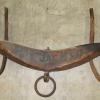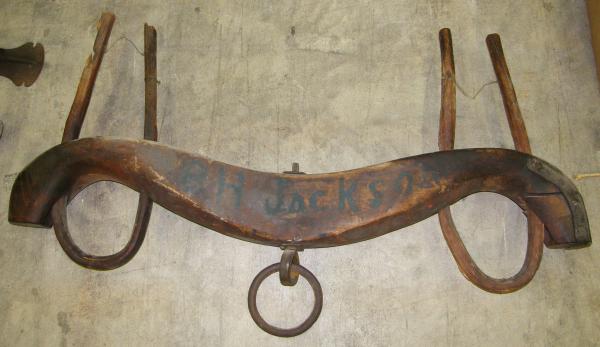Kicking off on the Oregon Trail
| Grade | 4th Grade | Class | Social Studies | Length of Lesson | 20-30 Minutes |
| Lesson Title | Kicking off on the Oregon Trail |
| Unit Title | Immigration out West and Manifest Destiny |
| Unit Compelling Question | What hardships and challenges did real life pioneers face on the Oregon trail? |
| Historical Context: The Oregon Trail is a 2,170-mile East-West large-wheeled wagon route and emigrant trail. The trail was developed by fur traders and trappers from 1811-1840, later being cleared of obstacles adequately to allow wagon traffic. The Trail eventually reached to the Willamette Valley, in Oregon. About 400,000 settlers, farmers, miners, ranchers and business owners used the Oregon Trail, traveling for 6 months to a year, across rugged terrain to reach their destination. Part of the Trail was also used by travelers intending to reach areas other than Oregon. Emigrants carried with them supplies for the journey, including staples such as water, flour, sugar, salt and coffee, and salted meat such as bacon, as well as rifles and ammunition to hunt for game along the route. They traveled in covered wagons which offered shelter from the weather, yet were light enough for a team of oxen to pull. Emigrants faced many dangers on the Trail, including dysentery, cholera and other diseases, as well as accidents and drownings. The completion of the first transcontinental railroad in 1869 made the trip west faster, cheaper and safer, and use of the Oregon Trail declined. (Wikipedia and History https://www.history.com/topics/westward-expansion/oregon-trail ). Manifest Destiny was the 19th century belief that Americans were destined to expand across North America. 2018.018.010 This yoke was used to drive the team of oxen that brought William Sunderlin and his family to Iowa in 1856. This bow yoke is carved from a solid piece of wood and is quite heavy. The yoke sat on top of the animals' shoulders and the bentwood bows slid around the neck from the bottom and were secured with the ends poking out the top of the yoke, as is shown in the carved model. The iron ring at the center bottom of the yoke attached to a pole or chain from the wagon or plow. In this way, the oxen could push against the yoke with all their strength. The name of the donor's father, B. H. Jackson, is painted on the yoke. |
|
| Lesson Supporting Question | |
| Lesson Overview | Manifest Destiny and how it shaped the United States in the mid 1900’s century. |
| Primary Sources Used |
|
| Resources Needed | |
| Standard | |
| Lesson Target | Students will be able to demonstrate what compelled people to move to new places and how the culture of the United States was changed by the different immigrant groups moving westward. |
| Lesson Themes | Settlers / Pioneers |
|
| Formative Assessment (How will you use the formative assessments to monitor and inform instruction?) |
Student will turn in their completed list, filled out with the first list and the update second list. This will serve to see if students with This assessment will serve as a check point to see if the students are grabbing the differences between essential and non-essential items. As well as prepare them for the next assignment to come. |
| Summative Assessment (How does the lesson connect to planned summative assessment(s)?) |
Students will turn in their diary letters and final revised list into their artifact box. This box will serve as a collection of the students’ knowledge of pioneer life. The diary will show if students grasp of how the struggle of pioneer life. While the list will demonstrate the student development in understanding the financial hardships of the Oregon Trail. Both pieces of work can serve as references for students to reflected back on when the unit is completed and compare and contrast how their list changed when they played the Oregon Trail game. |
| Author | Shelby McAllister | Created | Last Edited | ||||
| Reviewer: Dr. Chad Timm, Simpson College | |||||||
| Lesson Plan Development Notes: Social Studies Methods, Simpson College, Spring 2019 | |||||||


